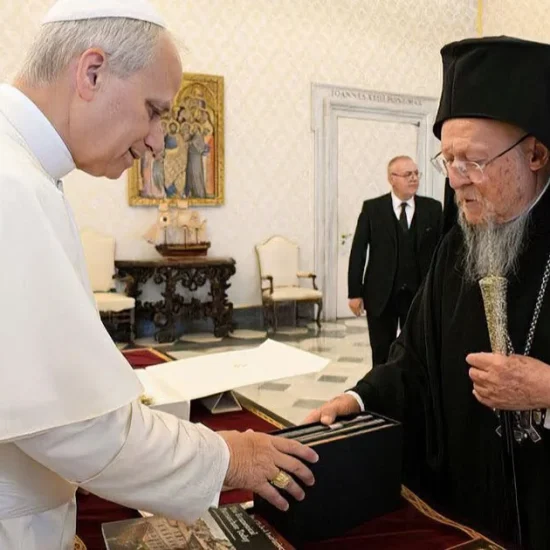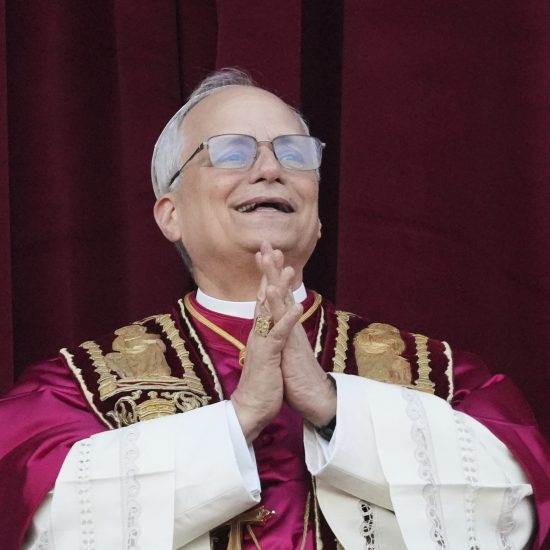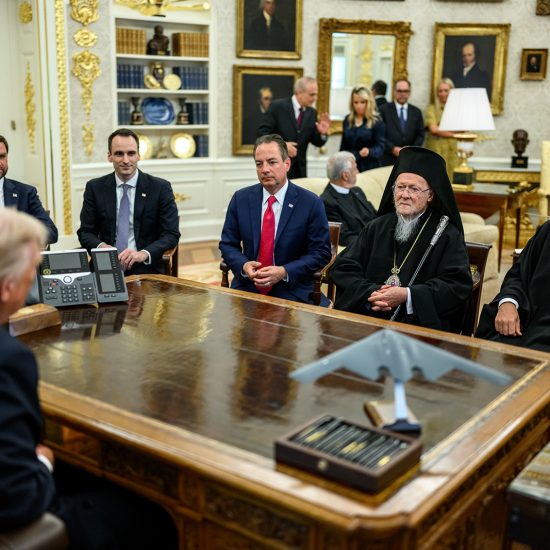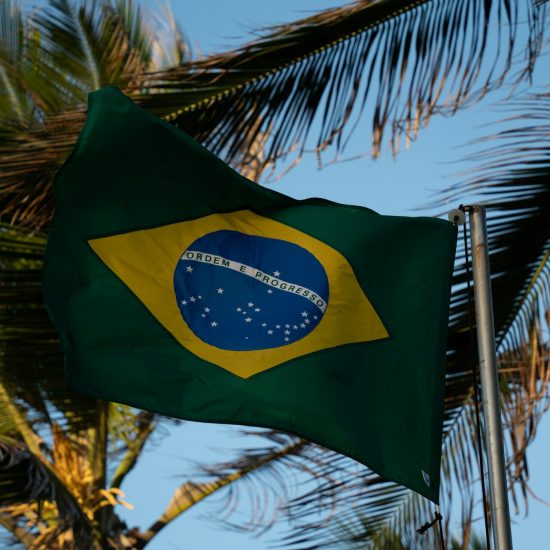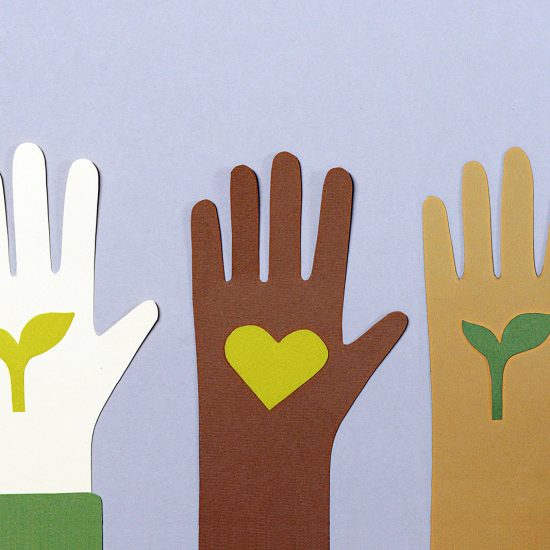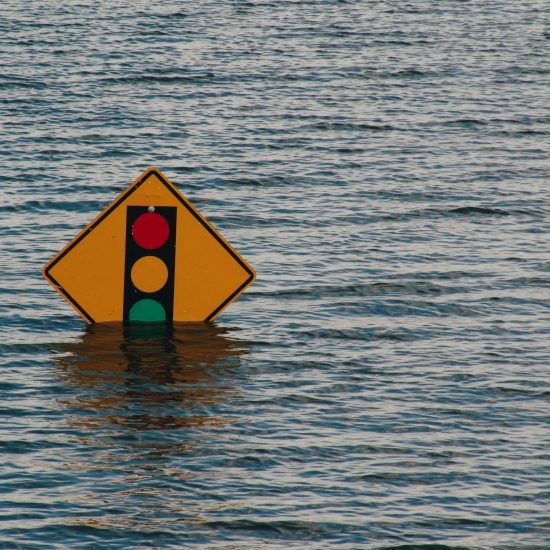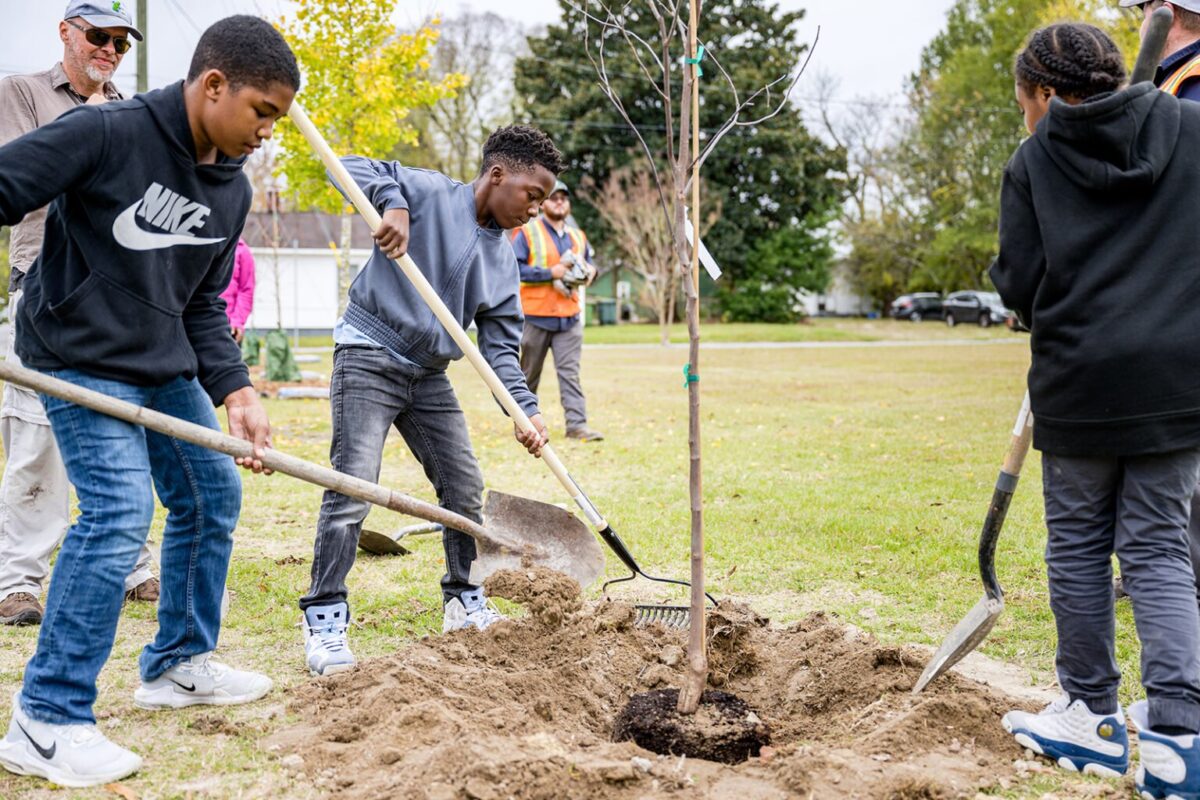
(RNS) — Agriculture Secretary Tom Vilsack has announced a $1 million grant to leaders of the Church of God in Christ as part of a national program to plant and maintain trees in American cities.
Vilsack made the announcement on Tuesday (Jan. 23) at the predominantly Black Pentecostal denomination’s annual leadership conference in Atlanta.
Last year the U.S. Department of Agriculture’s Forest Service announced $1 billion in grants to be distributed through its Urban and Community Forestry Program with a goal of supporting projects that provide tree cover in disadvantaged communities.
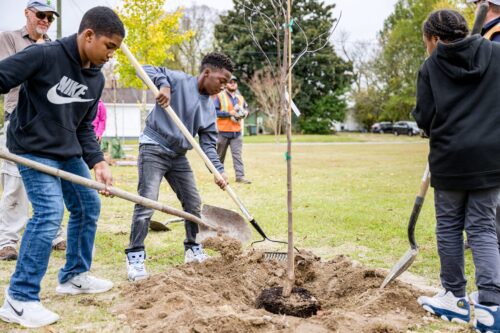
Students plant trees in the West Greenville neighborhood of Greenville, South Carolina, for Community Tree Day on Thursday, Nov. 10, 2022. (Photo courtesy of Flickr/RawPixel.com/Creative Commons)
In a phone interview, Vilsack said he envisions trees providing shade and lowering electric bills in neighborhoods across the country, as well as wider benefits for those communities.
“It can create job opportunities and career path opportunities,” he said, “so structuring this program so that it’s empowering more tree planting and more workforce development gives us the opportunity to partner with the church.”
The denomination was one of hundreds of organizations that applied for the program’s grants, and one of 385 selected to receive funds. The program was created under the Inflation Reduction Act, signed into law by President Biden in 2022 to address climate change and to promote clean energy.
COGIC Presiding Bishop J. Drew Sheard said in the joint interview with Vilsack that his denomination has some 12,000 congregations in the U.S., some of which are located in low-income areas.
“Some of our neighborhoods, the trees have gone, the buildings have gone, in some cases, and here’s an opportunity to start beautifying those neighborhoods,” he said, adding that the planting of trees could especially benefit young people in the communities.
“This has the potential for inspiring them to go into the field of agriculture and other ways of helping their communities,” said Sheard, who noted COGIC congregations will have to apply and qualify for use of some of the grant funds.
Vilsack said some youth may receive “a little extra cash” from a nursery that may work to get the trees planted, prompting them to possibly be interested in forestry or urban agriculture.
“You’re planting a physical seed, if you will, you’re planting a physical tree,” he said. “But you’re also planting some not physical seeds that I think will grow just as importantly as that tree that’s growing.”
Vilsack added that some of the trees that will be planted may provide fruit in addition to shade, potentially helping to reduce food deserts where fresh produce has not been available.
“This isn’t just about planting a tree with green leaves,” he said. “This is about planting, in the appropriate areas, apple trees, pear trees, peach trees, and the opportunity, then, for the neighborhood to have access to that fruit.”

